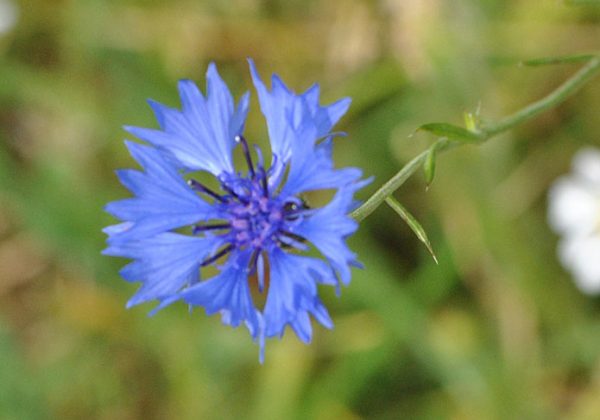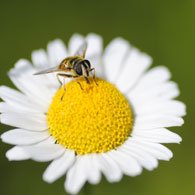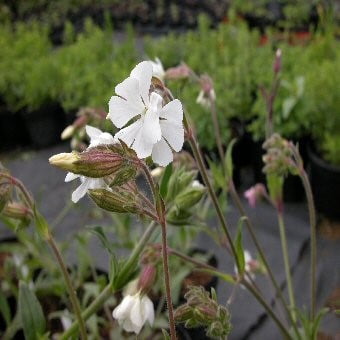
Garlic Mustard (alliara petiolata)
Garlic Mustard is a biennial wildflower. It has heart-shaped, coarsely-toothed leaves that smell of garlic when crushed. After sowing, it…

Garlic Mustard is a biennial wildflower. It has heart-shaped, coarsely-toothed leaves that smell of garlic when crushed. After sowing, it…

Also known as Barber’s Brushes, Gypsys’ Comb, Jenny Prickfinger and Donkey Thistle. This hardy perennial is well-known for the attraction…

Poppies are instantly recognisable wildflowers, with their bright red petals! They are good self-seeders (the average Poppy produces around 17,000…

Corn Marigold is a hardy annual wildflower with coarse-toothed foliage and large golden-yellow flowers. It grows to a height of…

Cornflower is a pretty annual wildflower and member of the Daisy family. It is also known as Bluebottle, Batchelor’s Button…

Corn Chamomile is an annual wildflower with frondy leaves and many daisy-like flowers from May to August. It grows to…

Musk Mallow is a hardy perennial wildflower found in pastures, woodland margins, hedgerows and roadsides. It has large, pretty, pink…

Red Campion is a wildflower member of the Pink family. It is also known as Adders’ Flower, Jack-by-the-Hedge, Red Mintchop,…

White Campion is a perennial wildflower found in open wasteground, hedgerows and meadows. It flowers May to October, producing large…

Selfheal is a perennial wildflower providing good groundcover. Member of the Mint family. Purple-violet flowers. Meadow plant. Flowers May to…

Ox-eye Daisy is a hardy perennial wildflower. It is also known as Moon Daisy, Marguerite and Maudlin Daisy. Ox-eye Daisies…
Ladies Bedstraw is a perennial wildflower with tiny yellow flowers smelling of honey which appear as whorls round the tall,…
